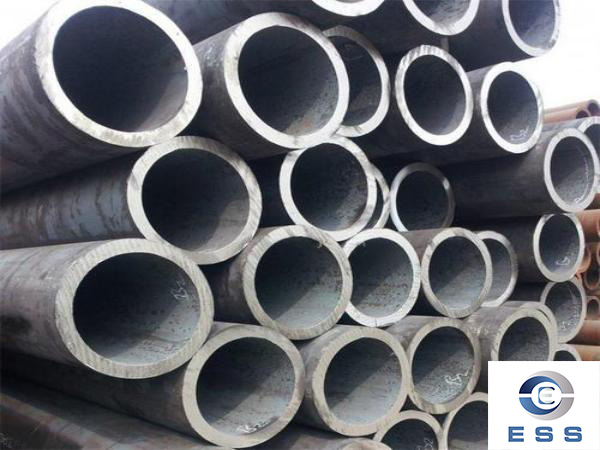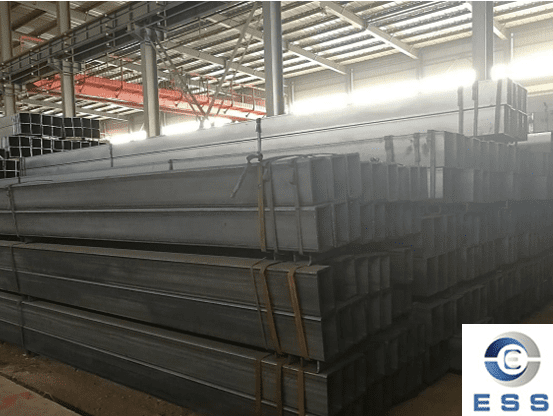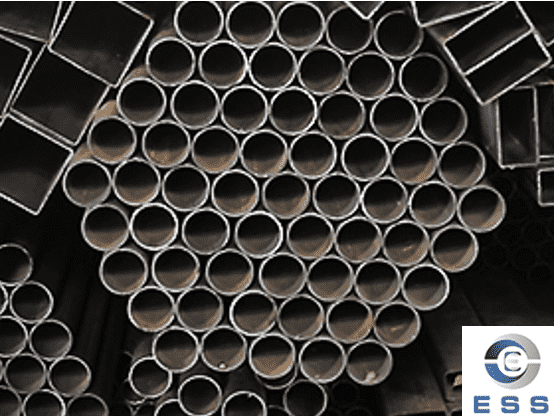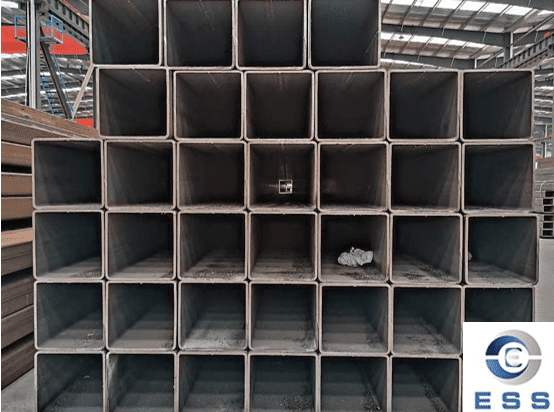High-frequency spiral welded pipe (
ERW pipe) is based on the skin effect, proximity effect, eddy current thermal effect and the electromagnetic induction principle of charge, heating part of the steel at the edge of the weld to a molten state, and the purpose of achieving welding is through extrusion intergranular bonding. Do you know what factors affect its quality?

Spiral welded pipe
1. Weld gap control
The strip is conveyed to the welded pipe unit, where it is gradually rolled by multi-roll rolling into a round billet with an open gap. Adjust the pressure of the squeeze roller to control the weld gap to 1-3mm to make the welds flush. If the gap is too large, the proximity effect is reduced, the eddy current is insufficient, the intergranular bonding of the weld is poor, and fusion or cracking may not occur. If the gap is too small, proximity effects will increase. If the welding heat is too high, the weld will burn and affect the surface quality of the weld.
2. Welding temperature control
The factors that affect the welding temperature are mainly affected by the high-frequency eddy current thermal power, and the high-frequency eddy current thermal power is mainly affected by the current frequency. High-frequency eddy current thermal power is proportional to the square of the current frequency. If the input heat is insufficient, the heated weld edge cannot reach the welding temperature and the metal structure cannot fuse.
3. Extrusion force control
If the extrusion force is too low, it will reduce the amount of eutectic formed, reduce the strength of the weld metal, and cracking will occur if additional force is applied. If the extrusion force is too large, the molten metal will be squeezed out of the weld, which not only reduces the strength of the weld, but also produces a large number of internal and external burrs.
4. High frequency sensor position control
The high frequency sensor should be placed as close as possible to the squeeze roller. When the sensor is far away from the extrusion roller, the effective heating time is longer, the heat-affected zone is wider, and the welding strength is reduced.
5. Removal of weld marks
Weld marks will be produced after welding and extrusion, so they must be removed. Cleaning method: Fix the tool on the frame and smooth the weld marks by moving the welded pipe quickly.













 Eastern Steel Manufacturing Co.,Ltd not only improve product production and sales services, but also provide additional value-added services. As long as you need, we can complete your specific needs together.
Eastern Steel Manufacturing Co.,Ltd not only improve product production and sales services, but also provide additional value-added services. As long as you need, we can complete your specific needs together.










